Hi there, pet lovers! 🐦
Ravens are some of the most fascinating birds in the world, admired for their intelligence, adaptability, and striking presence. Their mysterious reputation in myth and culture often sparks curiosity, and many animal enthusiasts wonder if ravens could make good companions. However, keeping a raven as a pet is far more complex than most people realize. These large, highly intelligent corvids are demanding, destructive, and often unsuitable for the average household.
In this detailed review, we’ll explore everything about ravens as potential pets—their temperament, housing needs, diet, training challenges, legal considerations, and costs. This will help readers understand both the allure and the realities of keeping one of the world’s smartest birds.

Overview
Ravens are large, highly intelligent corvids found across the globe. They are known for their problem-solving skills, tool use, and complex social behavior. While they may seem appealing due to their intelligence and striking appearance, ravens are extremely difficult to keep in captivity and require specialized care.
- Handling and Temperament: Powerful, dominant, and often aggressive. Not suited for beginners.
- Care and Maintenance: Extremely high-maintenance. Require large aviaries, enrichment, and constant supervision.
- Health and Durability: Hardy birds but prone to stress and behavioral issues in captivity.
- Availability: Rare and often illegal to own without special permits.
- Cost: Very expensive to acquire and maintain.
- Overall: Not suitable for most people. Ravens require professional-level care and are best admired in the wild.

Why Choose a Raven?
The main appeal of ravens lies in their intelligence and personality. They are often compared to great apes in problem-solving ability and have been observed making tools, mimicking human speech, and displaying emotions like joy, jealousy, and anger. Their intelligence makes them endlessly fascinating, and they can form strong bonds with humans who raise them.
However, intelligence also makes them challenging. A raven can quickly become bored or destructive if not provided with constant stimulation. Unlike smaller pet birds such as parrots, pigeons, or finches, ravens are more independent and dominant, often testing boundaries with their sharp beaks and claws.
For most people, the “dream” of having a raven as a pet does not match the reality of their demanding nature.
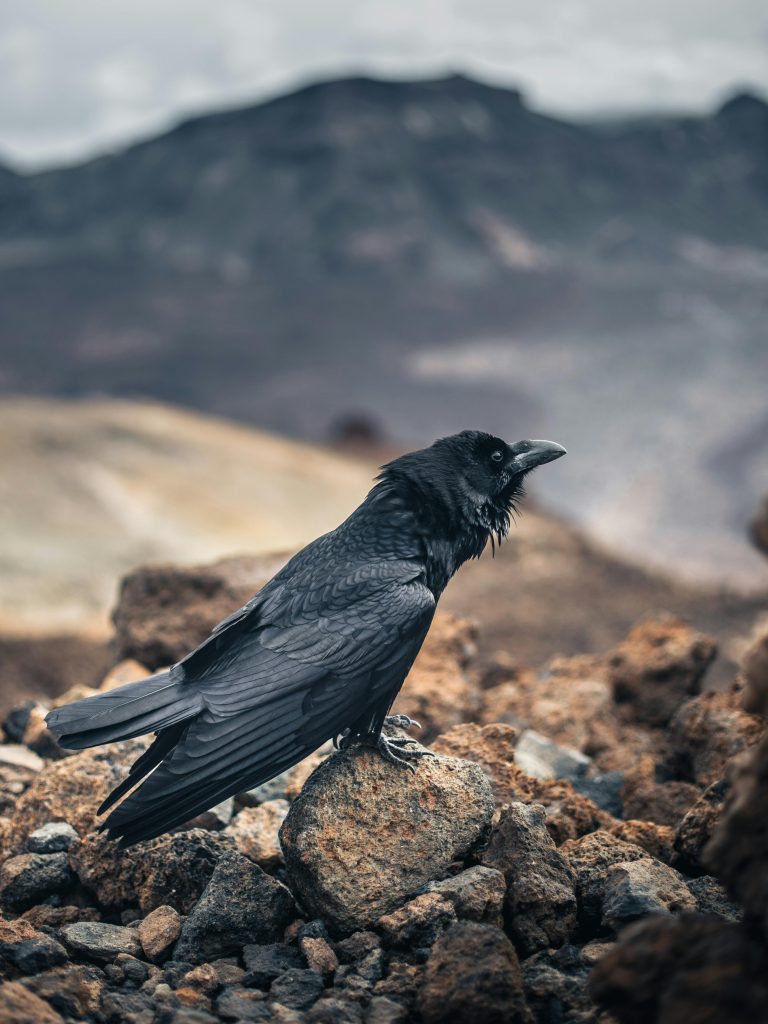
Handling and Temperament
Ravens are not easy pets to handle. They are large—up to 27 inches long, with wingspans reaching 4–6 feet and weights of 2–4 pounds. Their size alone makes handling difficult, and their sharp claws and powerful beaks can easily cause injury.
Personality Traits
- Highly intelligent: Ravens can recognize faces, solve puzzles, and even deceive humans and other animals.
- Dominant: They naturally test their caretakers, which can lead to biting or aggressive behavior.
- Mischievous: Known to steal, hide, or destroy objects for entertainment.
- Emotional range: Ravens can display anger, affection, playfulness, and curiosity.
Handling Challenges
- Biting is common. Their beak is as sharp as a knife and can draw blood.
- Claws can easily scratch skin, even unintentionally.
- Rough play can lead to injuries for both the bird and the handler.
- Not suitable around children due to size, strength, and aggression risk.
Ravens are best suited for experienced bird handlers who understand corvid behavior. For most people, their temperament is too intense.
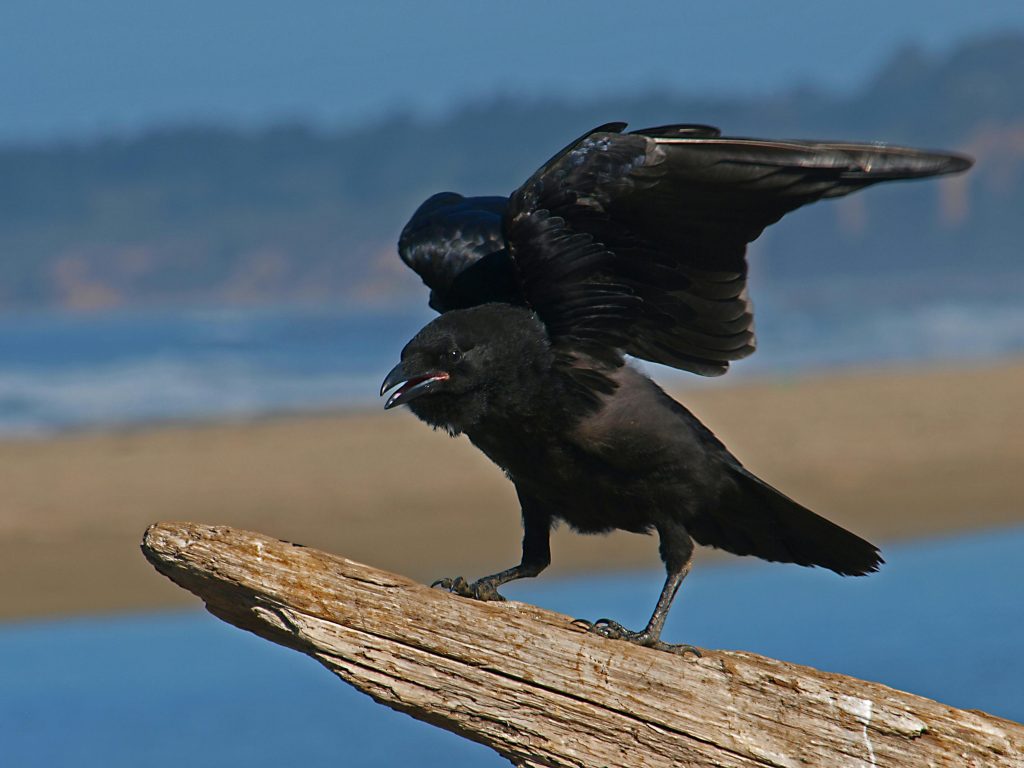
Care and Maintenance
Raven care is extremely demanding. Unlike smaller birds, they cannot thrive in small cages or typical pet enclosures.
Enclosure Setup
- Size: At minimum, a raven requires a large outdoor aviary, often exceeding 20 feet long, 10 feet wide, and 10 feet high. The space must allow free flight and gliding.
- Construction: Strong materials are essential. Ravens are powerful and can break through weak wiring or wooden structures.
- Enrichment: Provide climbing branches, ropes, puzzle feeders, bones, and objects to manipulate. Without enrichment, they develop stress behaviors.
- Bathing: Ravens need large tubs of water for bathing. They splash vigorously, creating messes, so the space must allow for water drainage and cleanup.
Temperature & Environment
- Ravens are hardy birds that adapt to many climates, but in captivity, aviaries must provide shelter from extreme cold, wind, or heat.
- Shade cloths, insulated shelters, and heated areas may be necessary depending on the climate.
Diet
Ravens are omnivores and require a diverse diet.
- Meats: Lean beef, liver, mice, or fish.
- Plant matter: Fruits, berries, nuts, and seeds.
- Insects: Crickets, mealworms, and other protein sources.
- Important: Never feed poultry (chicken or turkey), as these can carry harmful bacteria.
A raven’s diet must be carefully managed to avoid nutritional imbalances. They also require constant fresh water for drinking and cleaning their beaks.
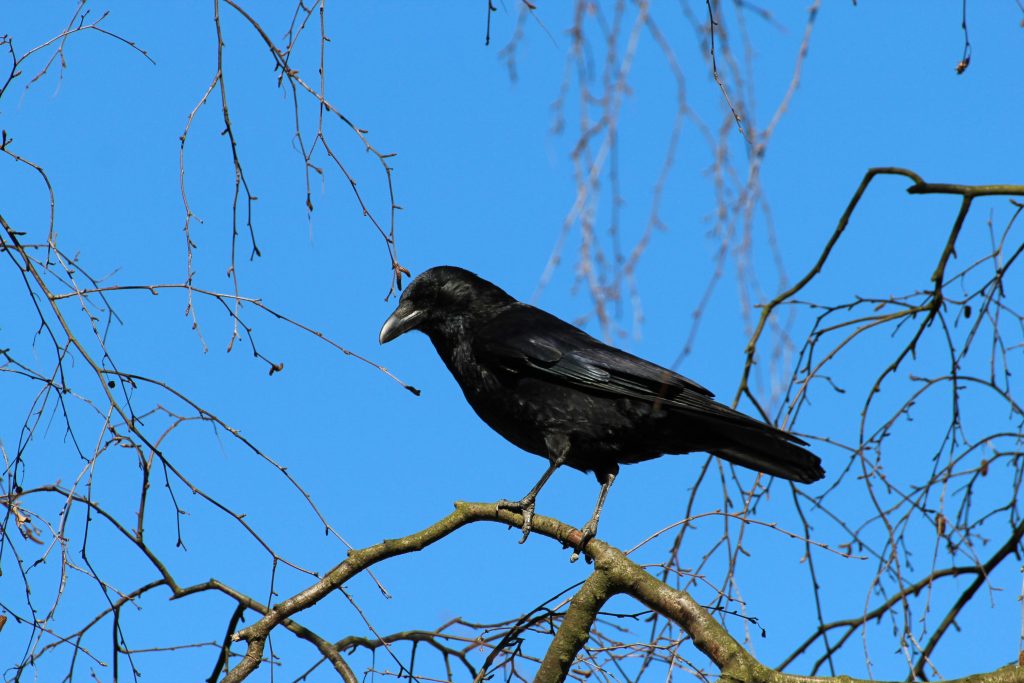
Health and Durability
Ravens are generally hardy birds, capable of living 20–40 years in captivity with proper care. However, their well-being in captivity depends heavily on proper housing and enrichment.
Common Issues
- Stress behaviors: Feather plucking, aggression, or self-harm if understimulated.
- Malnutrition: Improper diets lead to obesity or deficiencies.
- Injuries: From biting, clawing, or colliding in undersized enclosures.
- Respiratory issues: If housed in damp or poorly ventilated areas.
Preventative care includes providing ample space, varied diet, daily enrichment, and regular veterinary visits with an avian specialist.
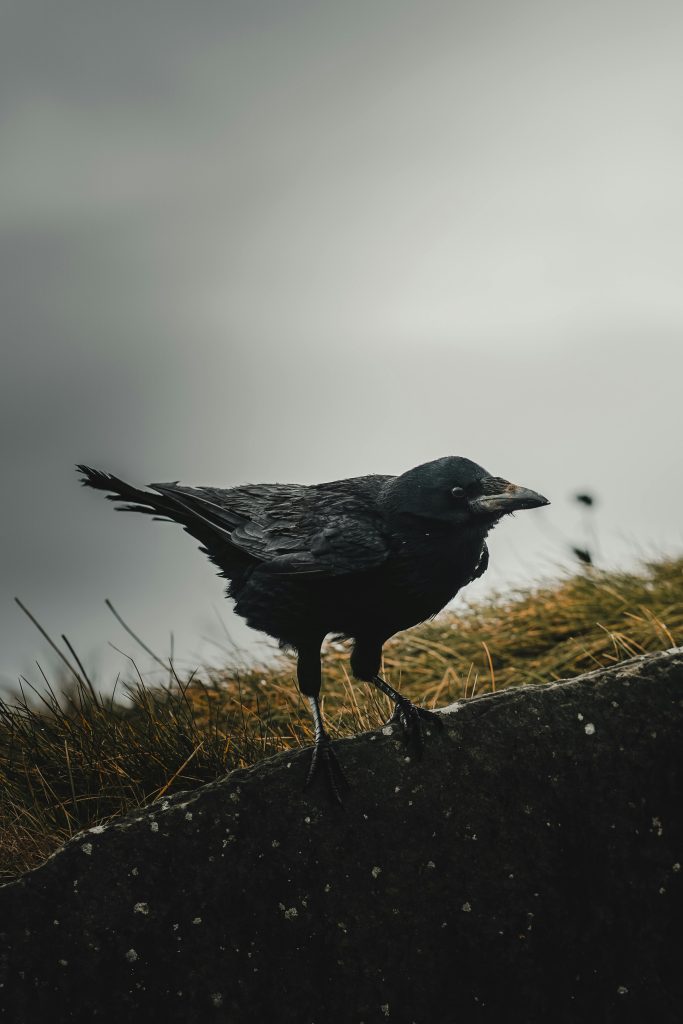
Availability and Cost
Unlike common pet birds, ravens are rarely available as pets.
Availability
- In many countries (including the United States), keeping a raven is illegal without special permits. They are protected under the Migratory Bird Treaty Act in the U.S.
- Legal ownership is typically restricted to licensed wildlife rehabilitators, zoos, or educational facilities.
- Captive-bred ravens may be available in some regions where laws allow, but they remain rare.
Cost
- Acquisition: If legally available, a captive-bred raven may cost $2,000–$6,000, depending on the breeder and country.
- Housing: Building a proper aviary can cost $2,000–$10,000+ depending on size and materials.
- Maintenance: Ongoing costs for food, enrichment, and veterinary care are significant, often hundreds of dollars per month.
Owning a raven is one of the most expensive bird-keeping ventures.
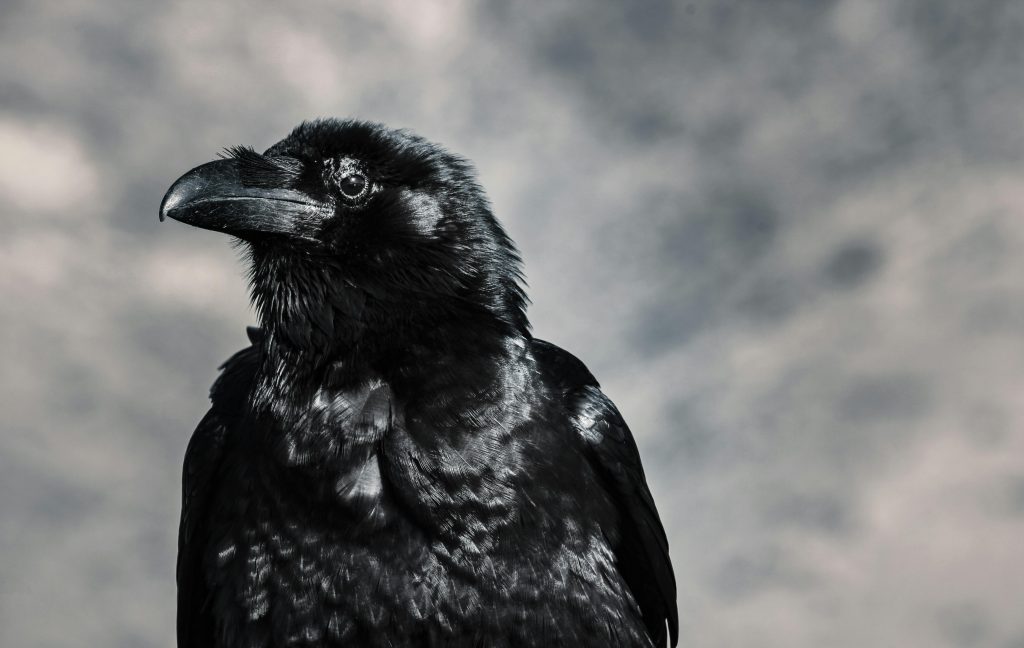
Pros and Cons
Pros
- Exceptionally intelligent and fascinating to observe.
- Can mimic sounds and speech.
- Long lifespan (20–40 years).
- Unique and rare companion for those with expertise.
Cons
- Often illegal to own without permits.
- Require massive enclosures and expensive setups.
- Aggressive tendencies—strong beak and claws can injure handlers.
- Extremely destructive when bored.
- Not safe around children or inexperienced bird keepers.
- Very high costs for housing, food, and veterinary care.

Final Thoughts
Ravens are among the most intelligent and captivating birds in the world, but they are not suitable as household pets. Their size, power, intelligence, and demanding care needs place them far beyond the ability of most owners to manage. While professional handlers and dedicated bird experts may provide them with enriched lives in captivity, the average pet enthusiast is better off appreciating ravens in the wild or through educational programs.
For those who admire intelligent birds, smaller species such as pigeons, doves, or parrots may be a more manageable choice. Ravens, while extraordinary, remain one of the most challenging animals to keep, requiring specialized facilities, legal permissions, and decades of commitment.
In short: admire ravens, respect them, but think twice before ever attempting to keep one as a pet. 🐦




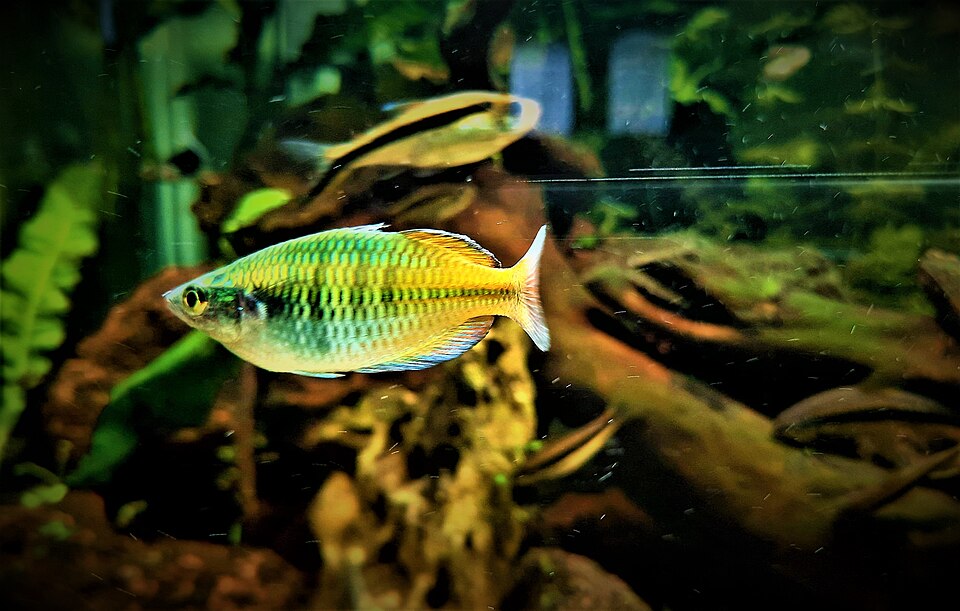
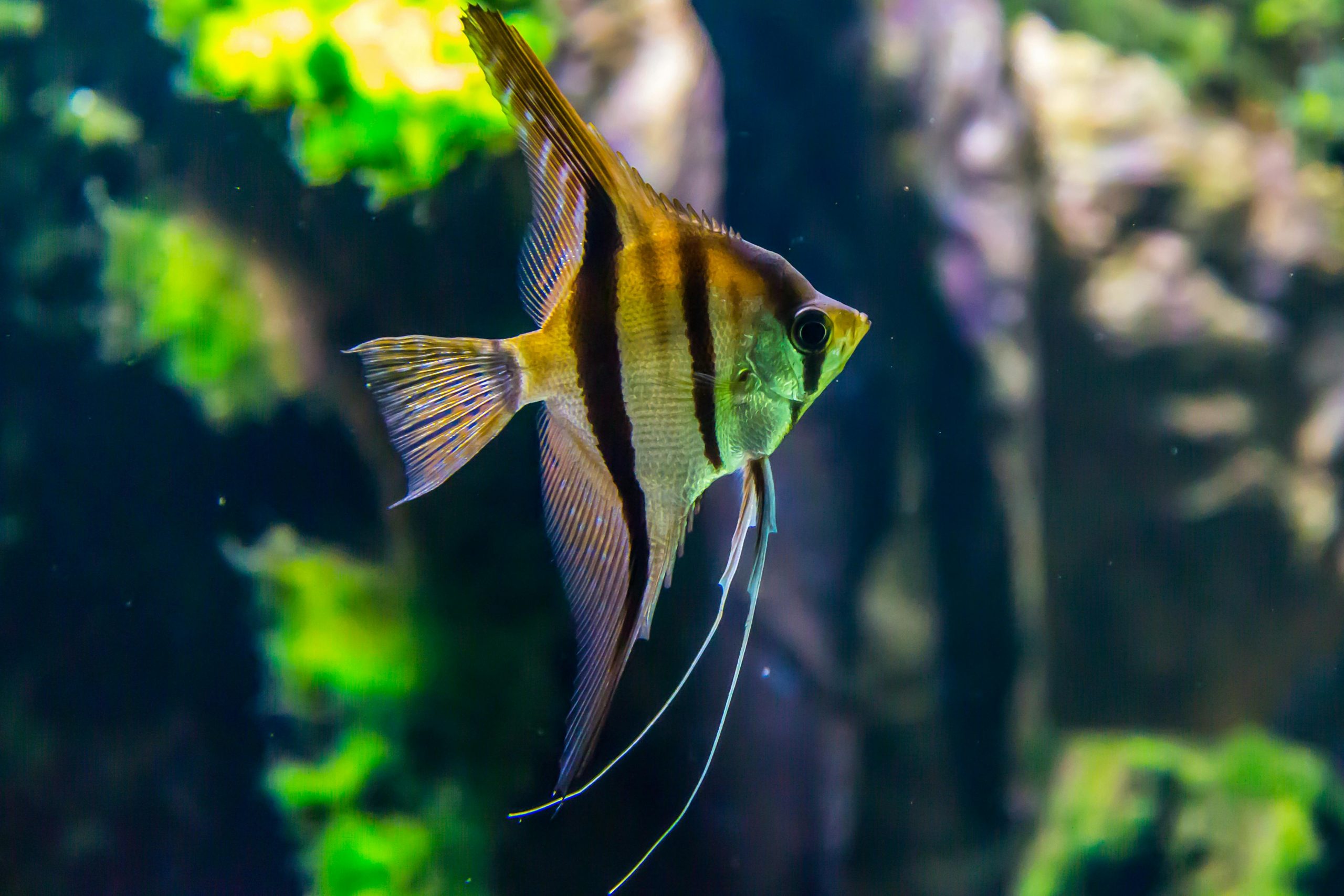
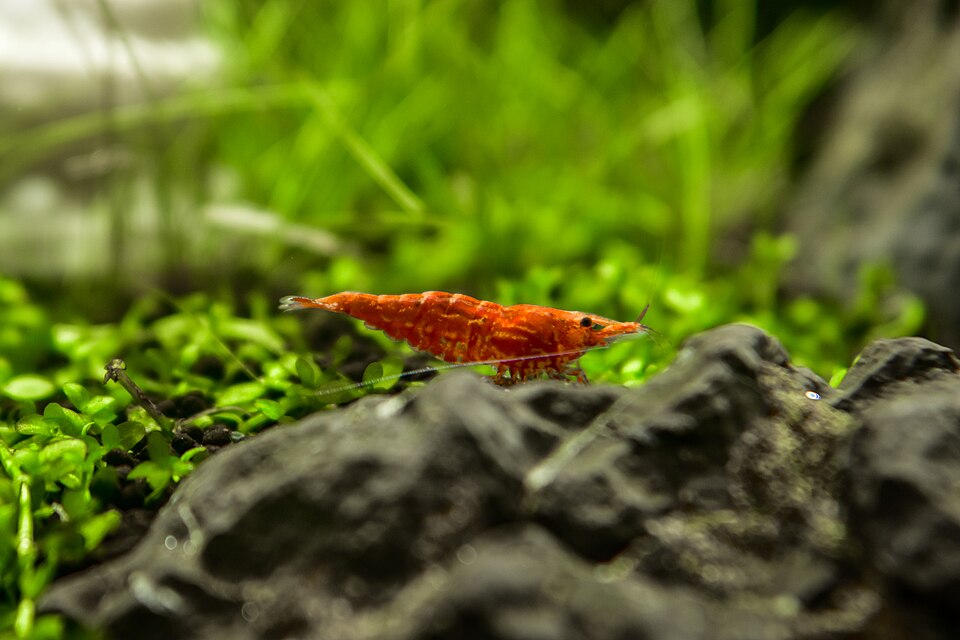

Leave a Reply